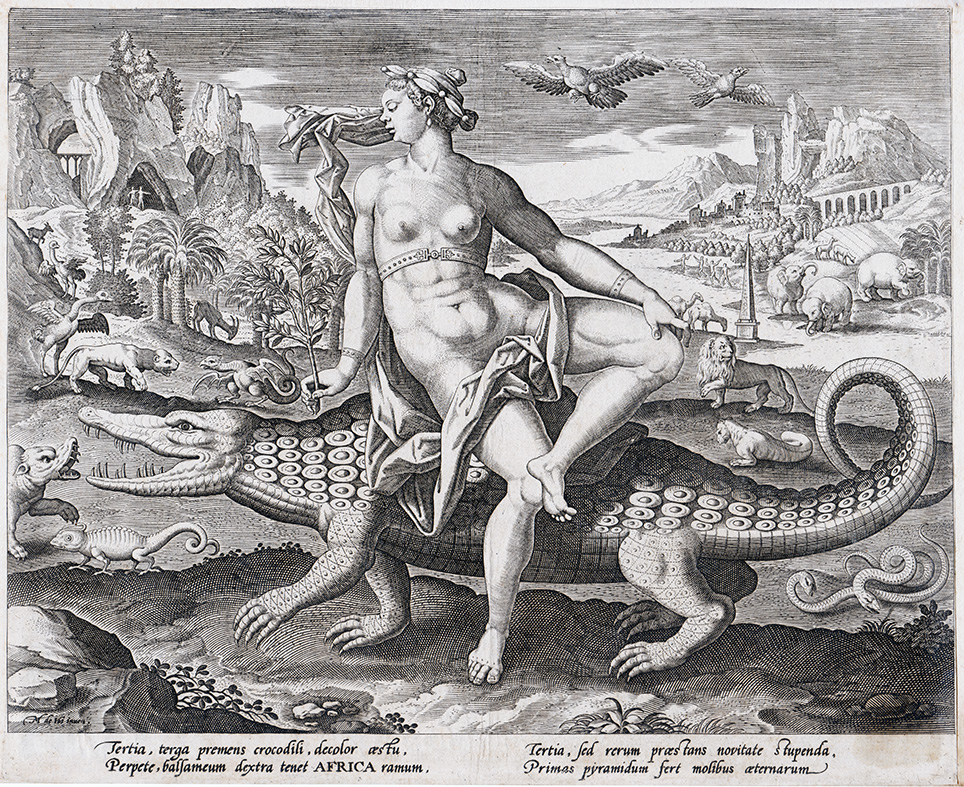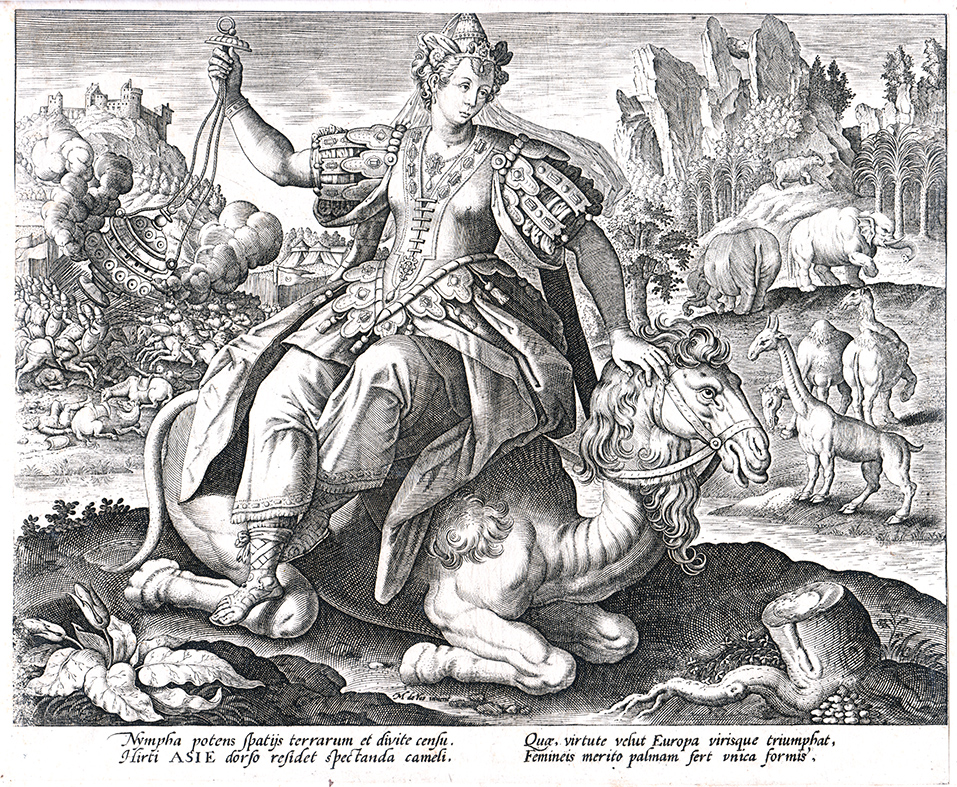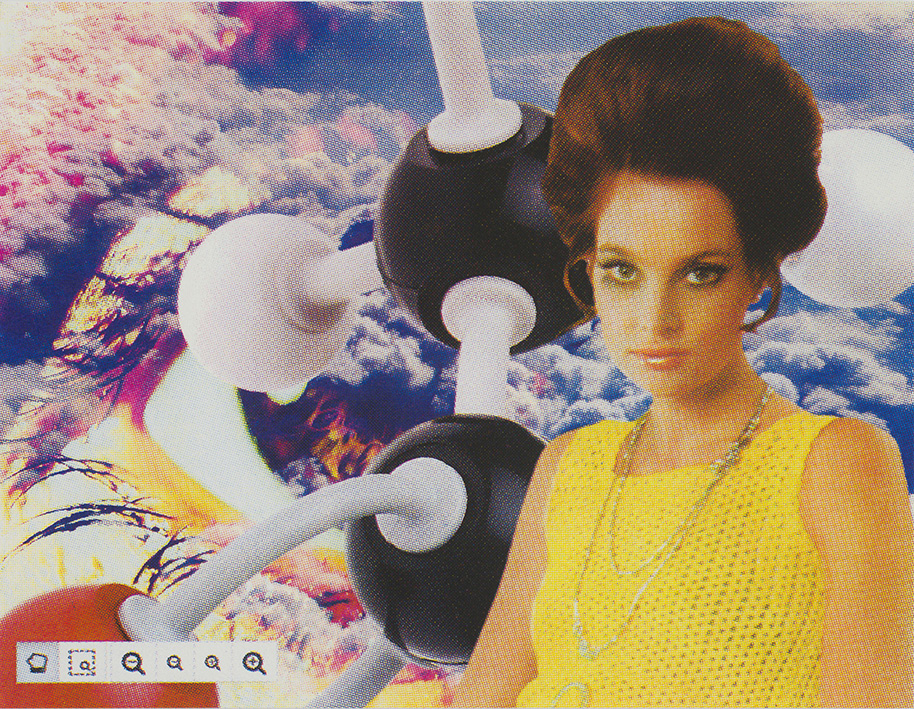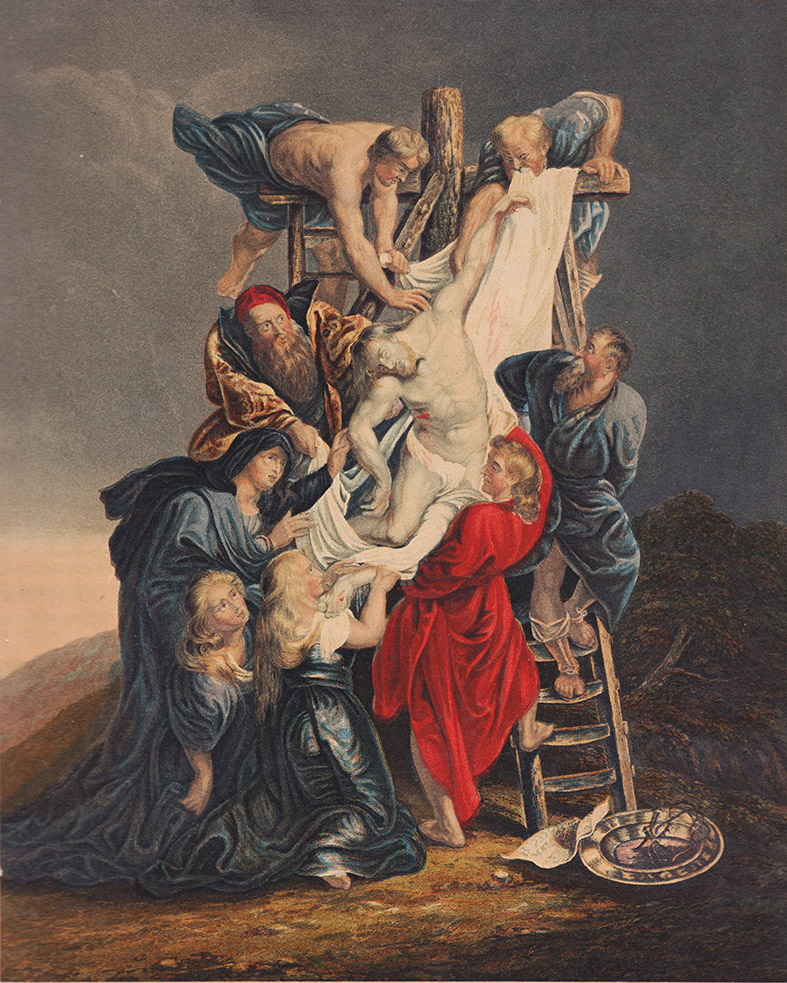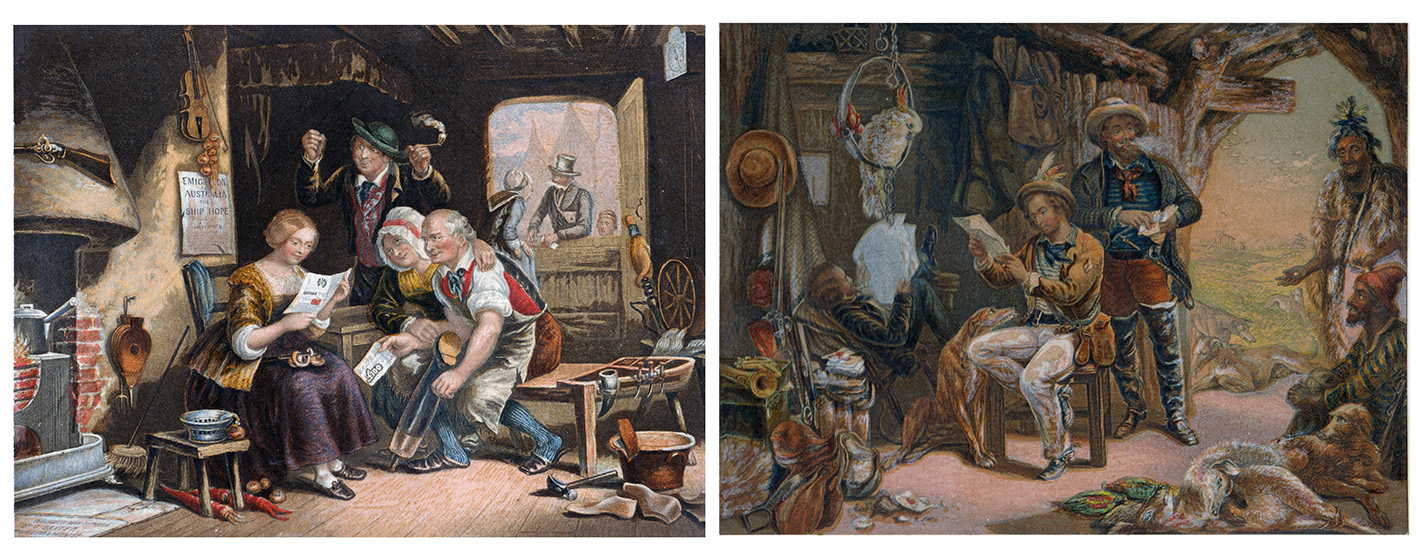BODY
We are familiar with the idea of the body being a vessel for other aspects of the self; our knowledge, emotions, dreams and fears. In much the same way-the printed image of the body seldom refers to the body in isolation; it can most often be read as a vehicle for an allegory, symbol or abstract concept. The imposition of ideas on the printed body brings to light two continuous flows, that of knowledge, and of reveries.[1]
The body as seen in Allegory of Asia, and Allegory of Africa (Adriaen Collaert after Maerten de Vos) exemplifies the propensity of the human mind to measure new knowledge against our own form. The vastness of newly discovered continents is able to be envisioned and brought into proximity of the viewer when depicted in human form. These personifications of continents also reveal sixteenth-century fantasies and prejudices; the finery of Asia contrasted with the naked Africa exposes the anticipation of colonisation.[2]
[1] While I have relegated our own bodies description to that of a vessel, our relationship to the material form of the body, is of course imperative. So too is it with prints.
[2] Edmond Smith, "De-Personifying Collaert's Four Continents: European Descriptions of Continental Diversity, 1585-1625," European Review of History: Revue européenne d'histoire 21, no. 6 (2014).
The quest to map the world continues to turn inward to the body as seen in the recent Human Genome Project (see G genome). My digital screen-printed montage, Zoom, was submitted to a project at the University of Washington that is encoding photographs in synthetic DNA. The title Zoom and the inclusion of a digital tool panel in the image refers to the powers of digital image manipulation software.
(Blair Coffey Aug. 2019)
BAXTER PRINTS
GEORGE BAXTER (1804 - 1867) In the 1830s in London developed the first full-colour printing process that bears his name (Baxter prints). He patented the process in 1835. He produced many popular prints rather than reproductions of famous paintings. Among the few he did produce, and one of the most popular of these, was a copy of Rubens Decent from the Cross original in the cathedral at Antwerp.
George Baxter, Decent from the Cross Baxter process, pub: 1835 – 1865. 185 mm x 139 mm private col.
Baxter’s process combined intaglio and relief. He began with an etched and aquatinted plate which established the main design of the image. Colour was then added with a series of woodblocks to print the various colours in oil paint. In printing The Decent from the Cross, fourteen blocks were used to get the full colour range.
Baxter produced two prints related to colonial Australia although the imagery showing life in early nineteenth-century Australia conflates New Zealand and Australian First Peoples. [note: these two works are not included in the showing in Newcastle or Logan.]
Two prints by George Baxter, Left: News from Australia published 1854, with companion print News from Home published 1853 (both c. 11 x 15 cm.)
Baxter licensed his process to a number of other printers and one of those was Joseph Mansell (1803-1874) who worked during the 1850s. Below is an uncut sheet of fancy cards illustrating Aesop’s Fables. the sheet show the registration marks on each side with pin-holes to locate the sheets.
Aesop’s Fables: 25.1 x 28.2 cm (full sheet) each print: 5.6 x 8.1 cm. Private collection.
This is a full sheet of twelve prints showing stories from Aesop’s Fables: The Wolf and the Lamb, The Dog in the Manger, The Miller, his Son and his Ass, The Old Man and Death, The Fox and the Grapes, The Dog and the Shadow, The Lark and her Young Ones, The Widow and her Little Maidens, The Thirsty Crow, The Fox and the Stork, The Man And His Goose and The Mother and the Wolf. 1850s
Copyright © All rights reserved


